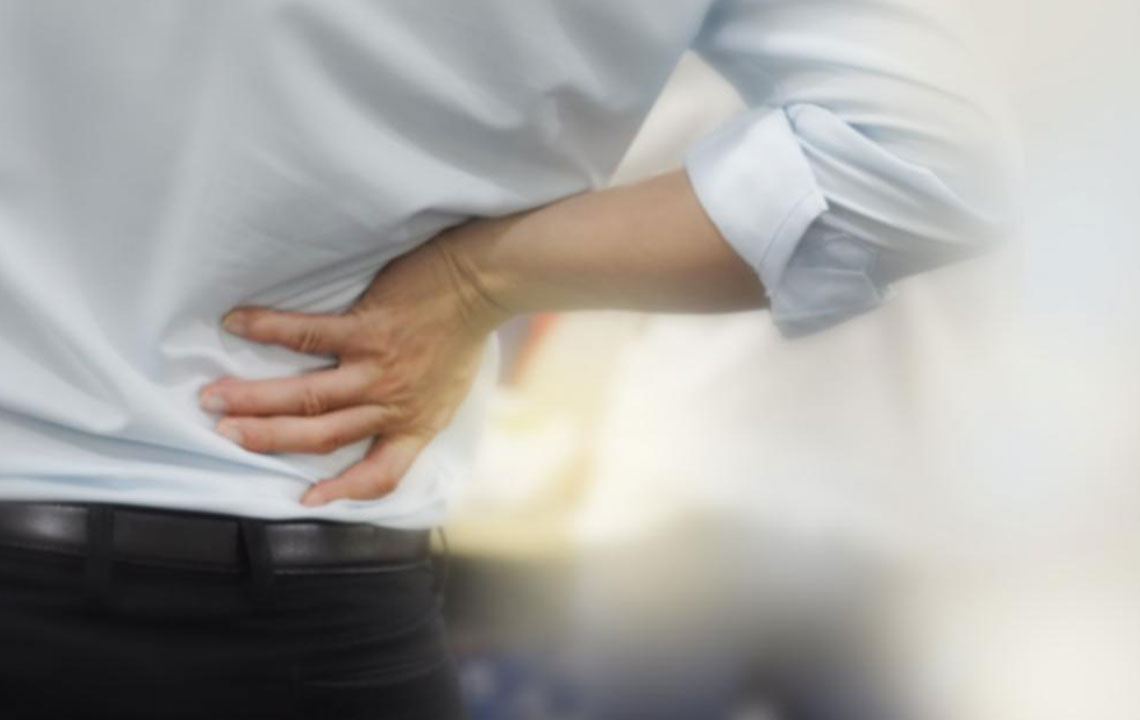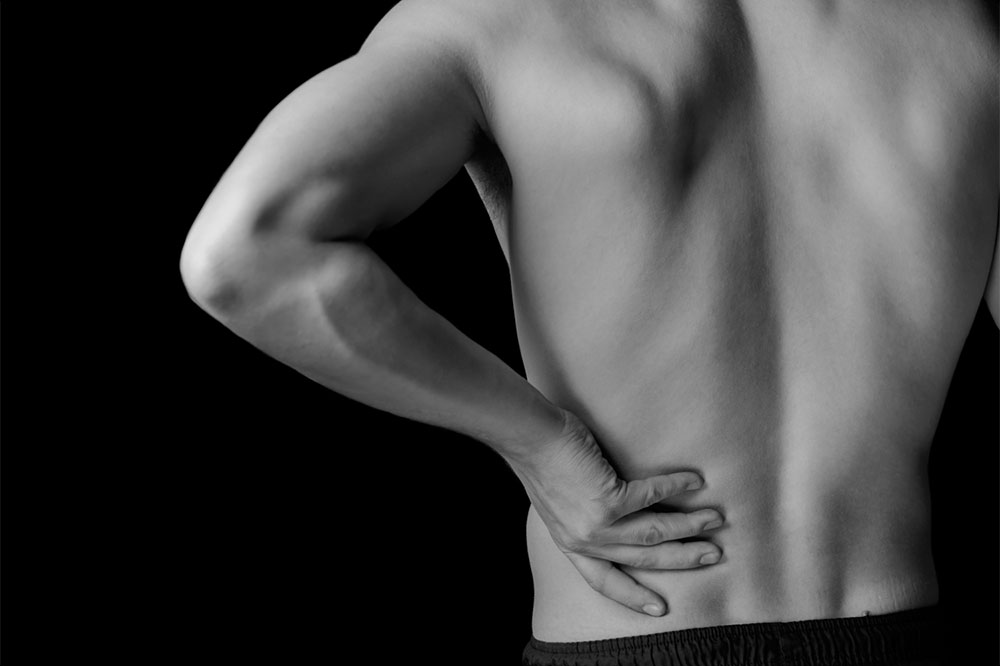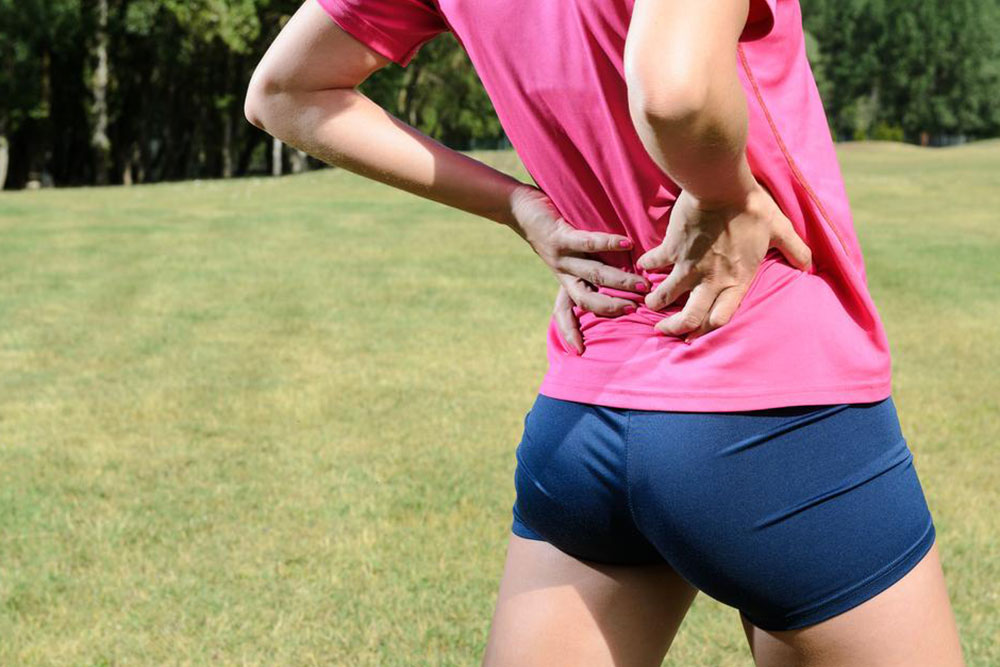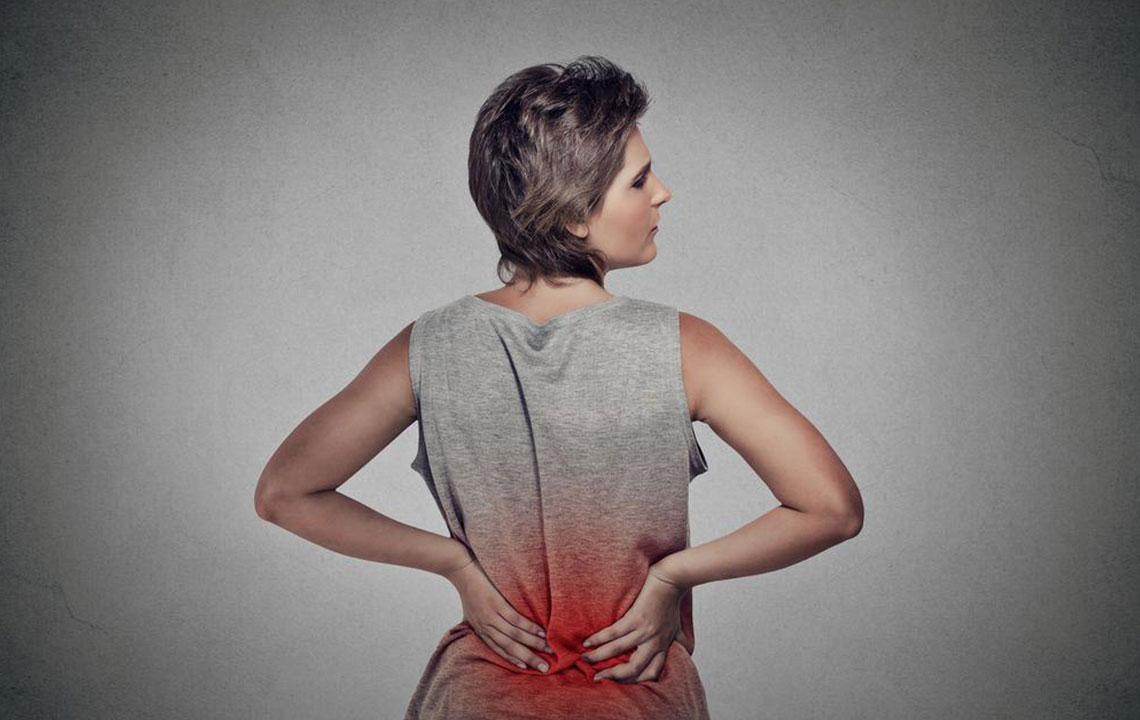Comprehensive Guide to Lower Back Cramping: Causes, Symptoms, and Effective Remedies
This comprehensive guide explores the causes, symptoms, and effective remedies for lower back cramping. It covers diagnosis, treatment options, natural remedies, and preventive tips to help you manage and prevent muscle spasms in the lower back, enhancing overall spinal health and mobility.
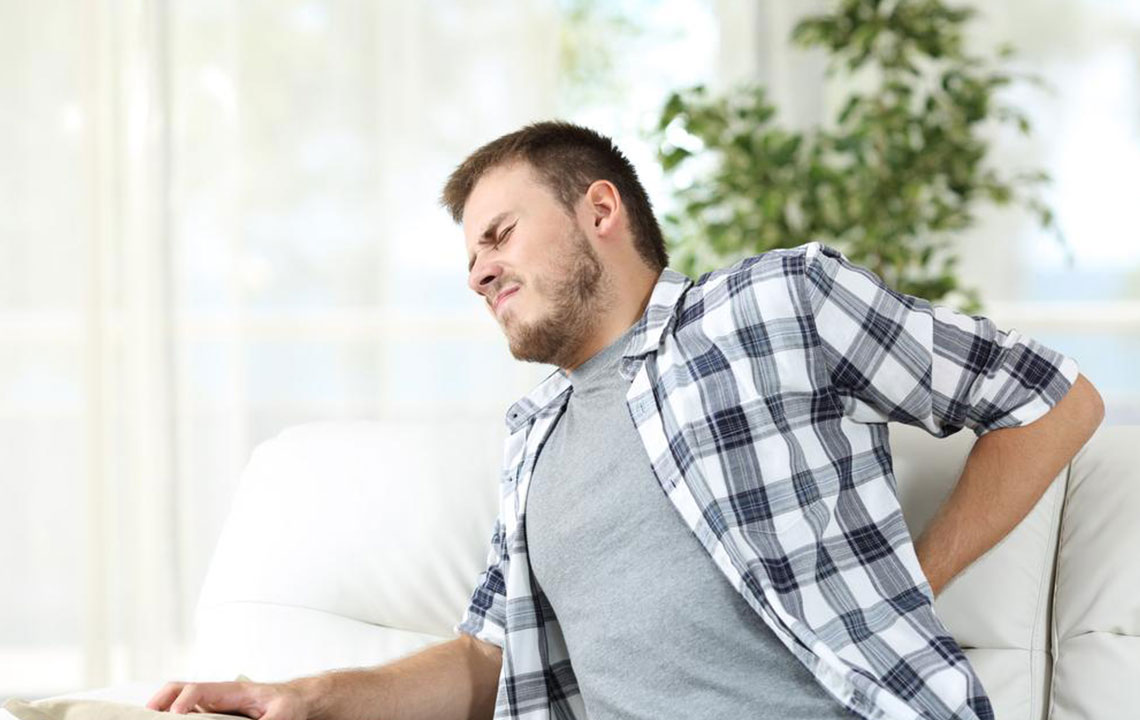
Comprehensive Guide to Lower Back Cramping: Causes, Symptoms, and Effective Remedies
Lower back pain and muscle cramps are among the most common musculoskeletal complaints faced by individuals across all age groups. These involuntary spasms or cramps in the back muscles can strike suddenly and vary from mild soreness to debilitating pain that significantly impairs daily activities. Understanding the underlying causes, recognizing the symptoms, and exploring effective remedies are essential steps toward managing and preventing lower back cramping.
While most cases of back spasms resolve on their own with proper care, some instances require prompt medical evaluation, especially if nerve involvement or structural issues are suspected. This detailed guide aims to shed light on the various aspects of lower back cramping, offering insights into causes, symptoms, diagnosis, treatment options, natural remedies, and preventive strategies to maintain a healthy, pain-free back.
Common Causes of Lower Back Cramping
Lower back muscle spasms can be triggered by an array of factors, ranging from acute injuries to chronic health conditions. Some of the primary causes include:
Muscle Strain and Overuse: Sudden movements, heavy lifting, or repetitive motions often overstretch or tear back muscles, leading to spasms.
Ligament or Tendon Injuries: Strains or tears in the ligaments and tendons supporting the spine can cause localized pain and spasms.
Herniated Discs and Spinal Degeneration: Disc herniation or degeneration impinge nerves, resulting in muscle contractions and nerve-related pain.
Arthritis and Spinal Conditions: Osteoarthritis or rheumatoid arthritis affecting the spinal joints can lead to inflammation and muscle cramps.
Scoliosis and Postural Misalignments: Incorrect posture or spinal deformities can put undue stress on muscles, causing cramps.
Electrolyte Imbalances and Dehydration: Deficiencies in magnesium, potassium, or calcium can disrupt normal muscle function, resulting in cramps.
Poor Physical Conditioning: Weak core muscles fail to support the spine effectively, increasing susceptibility to spasms during physical activity.
Triggering activities often include vigorous sports, weightlifting, sudden twisting or bending movements, prolonged sitting, or improper ergonomic setups. Athletes in high-impact sports like football, golf, or tennis frequently report lower back spasms owing to intense exertion and repetitive stress. Moreover, underlying health issues such as arthritis or spinal disc abnormalities further elevate the risk.
Accurate diagnosis is vital for effective treatment. Usually, doctors begin with a physical examination, assessing posture, range of motion, and pain points. Imaging studies like X-rays help detect fractures, misalignments, or arthritis. When soft tissue injury or nerve compression is suspected, MRI or CT scans provide detailed visuals of discs, nerves, and muscles, enabling precise diagnosis.
During consultation, healthcare practitioners evaluate the severity, duration, and triggers of spasms to formulate personalized treatment plans. Recognizing the importance of early intervention can significantly improve recovery outcomes and reduce the risk of chronic pain development.
Effective Treatment Strategies for Lower Back Spasms
Managing lower back cramps involves a combination of self-care measures, medications, and sometimes specialized therapies. The goal is to alleviate immediate pain, reduce inflammation, and strengthen back muscles to prevent future episodes.
Initial Treatment Approaches
Applying Ice and Heat Therapy: Cold packs applied immediately after the onset of spasms help reduce inflammation and numb the area, providing quick relief. Heat therapy, such as warm compresses or heating pads, promotes blood circulation, relaxes tense muscles, and eases chronic stiffness. Alternating between ice and heat, based on pain response, can optimize relief.
Medications: Over-the-counter non-steroidal anti-inflammatory drugs (NSAIDs) like ibuprofen or naproxen can decrease inflammation and pain. Muscle relaxants prescribed by a healthcare provider help reduce muscle tension and facilitate movement. It’s important to follow dosage instructions and consult a doctor before using medications long-term.
Physical Therapy: Engaging with a licensed physical therapist can markedly improve back health. Therapy sessions focus on strengthening core muscles, improving flexibility, and teaching proper ergonomics. Specific stretches and exercises designed for back pain prevention can significantly decrease the frequency and severity of spasms.
Injections and Other Medical Interventions: In severe cases, corticosteroid injections or nerve blocks may be administered to target inflammation or nerve compression. These procedures are performed under medical supervision and are typically considered after conservative measures have failed.
Natural and Home Remedies for Rapid Relief
Hydration: Drinking plenty of water supports overall muscle health, helps prevent electrolyte imbalances, and flushes out toxins. Proper hydration is crucial during episodes of cramping and recovery.
Dietary Support: Ensuring adequate intake of magnesium, calcium, and potassium through diet or supplements can help maintain optimal muscle function. Foods rich in these minerals include bananas, leafy greens, nuts, seeds, and dairy products.
Gentle Exercises and Stretching: Engaging in daily gentle stretches, yoga, or low-impact activities improves flexibility, reduces muscle tension, and fosters good posture. Techniques like pelvic tilts, cat-cow stretches, and hip flexor stretches can effectively alleviate back cramps when performed regularly.
Alternative Therapies: Acupuncture, chiropractic adjustments, and massage therapy may provide additional relief, particularly for persistent or recurrent cramps. These therapies aim to improve blood flow, relax muscles, and restore alignment.
Preventive Measures to Keep Back Cramp-Free
Adopting a proactive approach to back health can significantly reduce the risk of future spasms. Some essential preventive tips include:
Maintaining Proper Posture: Ergonomic chairs, correct sitting habits, and mindful standing help minimize undue stress on the lower back.
Weight Management: Keeping a healthy weight reduces strain on the spine and back muscles.
Core Strengthening Exercises: Regularly practicing exercises like planks, bridges, and abdominal strengthening routines support spinal stability.
Wearing Supportive Footwear: Proper shoes help maintain alignment and distribute weight evenly, reducing back stress.
Mindful Lifting Techniques: Using proper form, such as lifting with the legs rather than the back, prevents muscle strains.
Consistent Movement and Breaks: Avoid prolonged sitting or standing; take frequent short walks and stretch to keep muscles active and flexible.
Regular Medical Checkups: Routine visits allow early detection of degenerative changes or misalignments that could lead to spasms.
When back spasms persist or worsen despite these measures, consulting a healthcare professional is essential. In some cases, underlying conditions may require specialized intervention. Implementing a combination of medication, exercise, and healthy lifestyle habits offers the best strategy for relief and long-term back health.
In summary, understanding the causes and remedies for lower back cramping empowers you to take control of your back health. With prompt treatment, natural remedies, and preventive practices, most individuals can enjoy a pain-free, active lifestyle.
